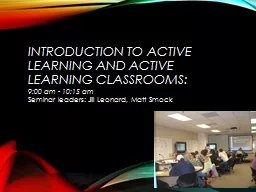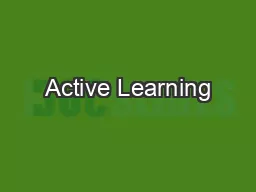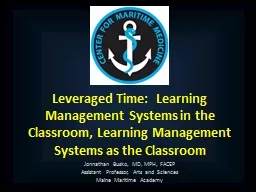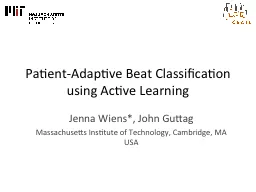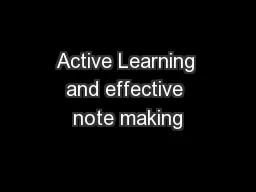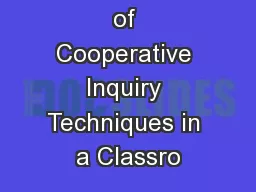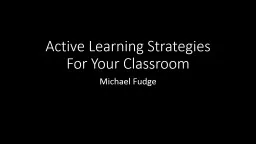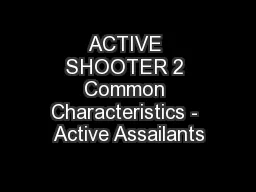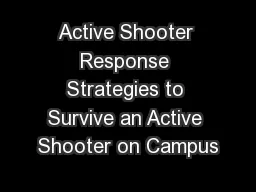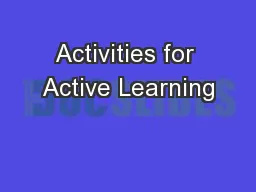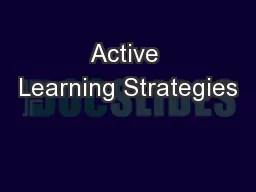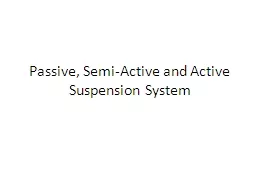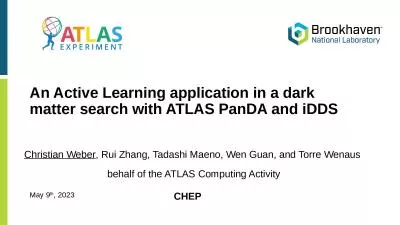PPT-Introduction to Active Learning and Active Learning Classro
Author : mitsue-stanley | Published Date : 2016-03-03
900 am 1015 am Seminar leaders Jill Leonard Matt Smock Session Objectives Describe the elements of active learning pedagogy Identify the benefits and challenges
Presentation Embed Code
Download Presentation
Download Presentation The PPT/PDF document "Introduction to Active Learning and Acti..." is the property of its rightful owner. Permission is granted to download and print the materials on this website for personal, non-commercial use only, and to display it on your personal computer provided you do not modify the materials and that you retain all copyright notices contained in the materials. By downloading content from our website, you accept the terms of this agreement.
Introduction to Active Learning and Active Learning Classro: Transcript
Download Rules Of Document
"Introduction to Active Learning and Active Learning Classro"The content belongs to its owner. You may download and print it for personal use, without modification, and keep all copyright notices. By downloading, you agree to these terms.
Related Documents

